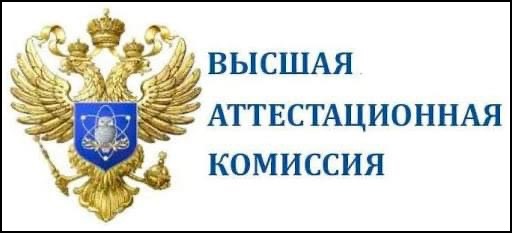ОСОБЕННОСТИ РАСПРОСТРАНЕНИЯ СЕВЕРОМОРСКОЙ ВОДЫ В БОРНХОЛЬМСКОМ БАССЕЙНЕ ПО РЕЗУЛЬТАТАМ МОДЕЛИРОВАНИЯОСОБЕННОСТИ РАСПРОСТРАНЕНИЯ СЕВЕРОМОРСКОЙ ВОДЫ В БОРНХОЛЬМСКОМ БАССЕЙНЕ ПО РЕЗУЛЬТАТАМ МОДЕЛИРОВАНИЯ
Аннотация
С помощью математического моделирования рассматриваются особенности распространения североморских вод в Борнхольмском бассейне на примере крупного затока, происходившего в январе 2003 г. Для лучшего разрешения придонных процессов в модели придонного плотностного потока расчетная область разбивается по вертикали на придонную и вышележащую области. В нижней области толщиной 20 м шаг сетки по вертикали составляет 1 м. Основные уравнения модели преобразуются для каждой из областей с использованием σ-координаты. По результатам моделирования выделены особенности распространения североморской воды, а также связанное с ним изменение поля солености в вышележащем слое. Получены оценки возможного влияния связанных с затоком баротропных течений на распространение соленых североморских вод.
Литература
- Динь Н.Х. Особенности распространения североморских вод в Борнхольмском бассейне: Дисс. на соискание ученой степени кандидата географических наук: 25.00.28. СПб.: СПБГУ. 2018. 159 с.
- Andrejev O., Myrberg K., Mälkki P., Perttilä M. Three-dimensional modelling of the Baltic main inflow in 1993 // Environmental and Chemical Physics. 2002. Vol. 24. No. 3. P. 121–126.
- Feistel R., Nausch G., Mattheaus W., Hagen E. Temporal and spatial evolution of the Baltic deep water renewal in spring 2003 // Oceanologia. 2003. Vol. 45. No. 4. P. 623–642.
- Jakobsen F. The major inflow to the Baltic Sea during 1993 // Journal of Marine Systems. 1995. Vol. 6. P. 227–240.
- Lehmann A. A three-dimensional baroclinic eddy-resolving model of the Baltic Sea // Tellus. 1995. Vol. 47A. P. 1013–1031.
- Lehmann A., Lorenz P., Jacob D. Modelling the exceptional Baltic Sea inflow events in 2002– 11 2003 // GeophysicalResearchLetters. 2004. Vol. 31. P. L21308. DOI:10.1029/2004GL020830.
- Matthäus W., Franck H. Characteristics of major Baltic inflows – a statistical analysis // Continental Shelf Research. 1992. Vol. 12. P. 1375–1400.
- Matthaus W., Schinke H. Mean atmospheric circulation patterns associated with major Baltic inflows // Deutsche Hydrographiche Zeitschrift. 1994. Vol. 46. P. 321–339.
- Meier H.E.M., Döscher R., Broman B., Piechura J. The Major Baltic Inflow in January 2003 and preconditioning by smaller inflows in summer/autumn 2002: A model study // Oceanologia. 2004. Vol. 46. P. 557–579.
- Meier H.E.M., Feistel R., Piechura J. Ventilation of the Baltic Sea deep water: A brief review of present knowledge from observations and models // Oceanologia. 2006. Vol. 48 (S). P. 133–164.
- Piechura J., Beszczyńska Moller A. Inflow waters in the deep regions of the southern Baltic Sea – transport and transformations // Oceanologia. 2003. Vol.45 (4). P. 593–621.
Передача авторских прав происходит на основании лицензионного договора между Автором и Федеральным государственным бюджетным учреждением науки Институт океанологии им. П.П. Ширшова Российской академии наук (ИО РАН)













